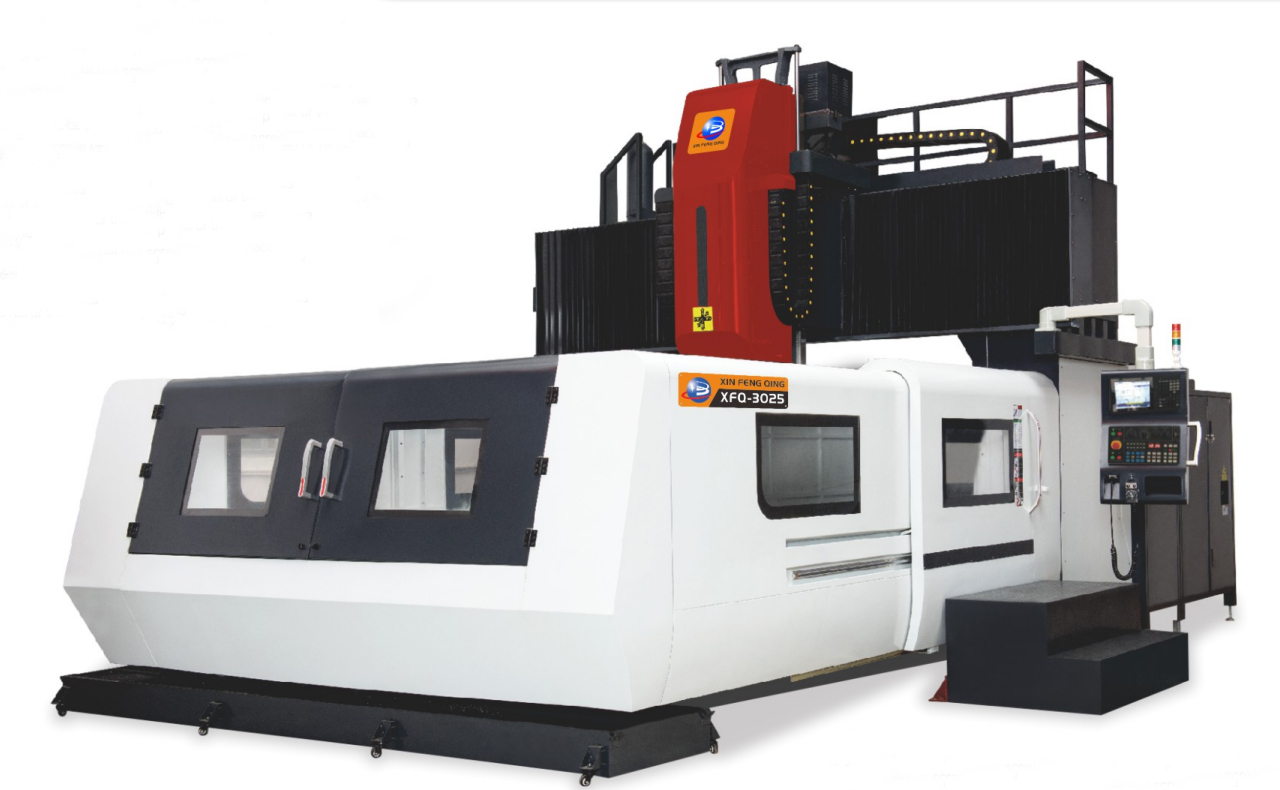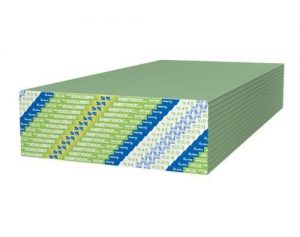Drywall is a crucial component of any building, providing structural support and a smooth finish to interior walls. However, over time, it can deteriorate due to various factors. In this blog post, we will explore the key indicators that signal when drywall should be replaced. By understanding these signs, you can ensure the safety, aesthetics, and longevity of your walls.
- Water Damage:
One of the most common reasons for drywall replacement is water damage. Whether caused by leaks, floods, or excessive humidity, water can weaken the integrity of drywall, leading to mold growth, warping, and discoloration. If you notice any signs of water damage, such as bulging, peeling paint, or a musty odor, it is crucial to replace the affected drywall promptly to prevent further deterioration and potential health hazards. - Structural Issues:
Drywall can develop structural issues over time, especially in older buildings or those subjected to significant wear and tear. Signs of structural problems include cracks, sagging, or visible seams. These issues can compromise the stability of the wall and may indicate underlying structural damage. In such cases, it is advisable to consult a professional to assess the extent of the damage and determine if replacement is necessary. - Fire Damage:
In the unfortunate event of a fire, drywall can sustain significant damage, compromising its structural integrity and fire resistance. Even if the damage appears minimal, it is crucial to have a professional inspection to assess the extent of the fire damage. Depending on the severity, partial or complete replacement may be required to ensure the safety of the building and its occupants. - Outdated or Inadequate Insulation:
Drywall plays a vital role in providing insulation, contributing to energy efficiency and maintaining comfortable indoor temperatures. If your drywall lacks proper insulation or if it is outdated, it may be necessary to replace it with newer, more efficient materials. Upgrading your drywall can help reduce energy costs and improve the overall comfort of your living or working space. - Aesthetic Considerations:
While functionality and safety are paramount, the appearance of your walls also matters. If your drywall has extensive cosmetic damage, such as deep gouges, multiple layers of paint, or an outdated texture, replacing it can significantly enhance the visual appeal of your space. Additionally, if you plan to renovate or sell your property, fresh, flawless drywall can increase its value and appeal to potential buyers.
Conclusion:
Knowing when to replace drywall is essential for maintaining the integrity, safety, and aesthetics of your space. Whether it's due to water damage, structural issues, fire damage, inadequate insulation, or purely for cosmetic reasons, timely replacement can prevent further damage and ensure a long-lasting, visually appealing environment. If you notice any of the mentioned signs, it is advisable to consult a professional to assess the situation and determine the best course of action. Remember, investing in high-quality drywall replacement is an investment in the overall quality and value of your property.








+ There are no comments
Add yours